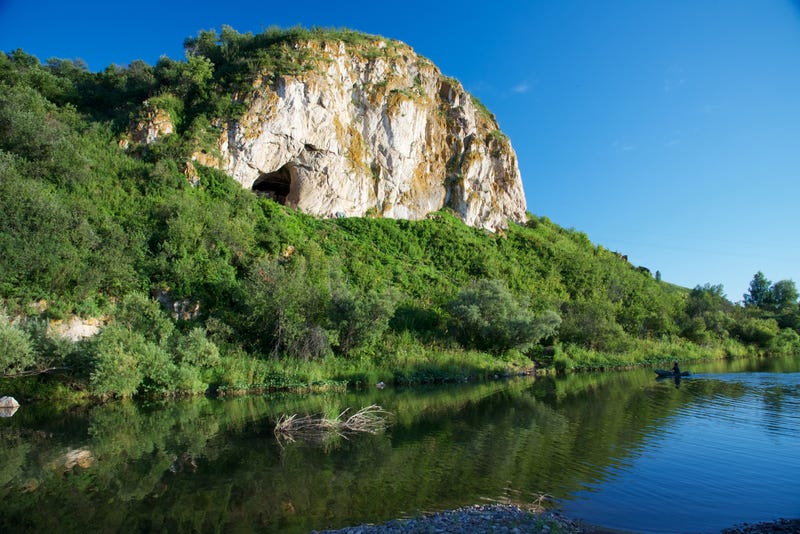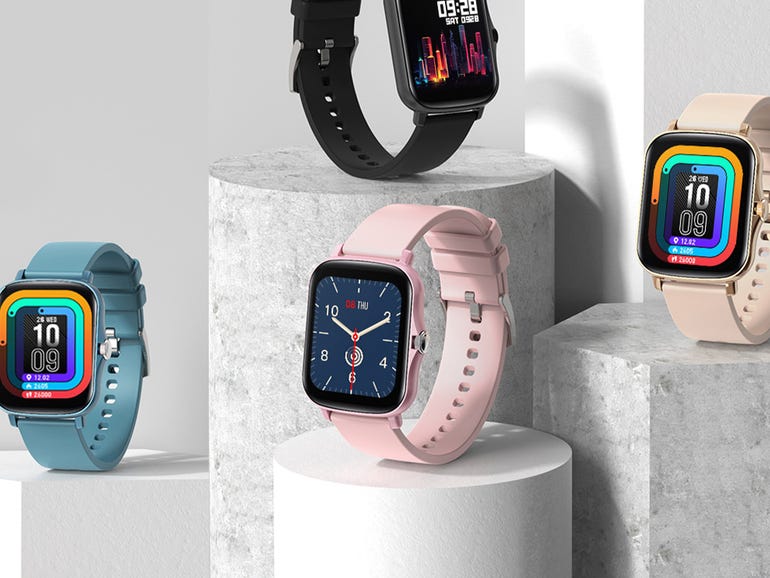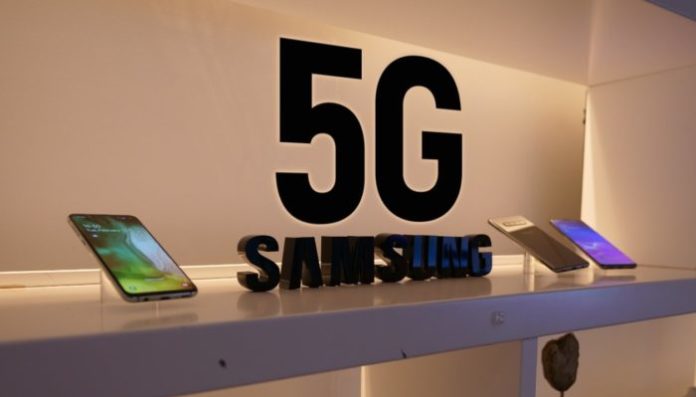This article is from The Spark, MIT Technology Review’s weekly climate newsletter. To receive it in your inbox every Wednesday, sign up here.
The world is building solar panels, wind turbines, electric vehicles, and other crucial climate technologies faster than ever. As the pace picks up, though, a challenge is looming: we need a whole lot of materials to build it all.
From cement and steel to nickel and lithium, the ingredient list for the clean energy transition is a long one. And in some cases, getting our hands on all those materials won’t be simple, and the trade-offs are starting to become abundantly clear.
My colleague James Temple, senior editor for energy here at MIT Technology Review, has spent over a year digging into the building tensions around mining for critical minerals. In a new story published this week, James highlights one community in rural Minnesota and the conflicts over a mining project planned for the nearby area.
If you haven’t already, I highly recommend you check out that article. In the meantime, I got to sit down with James to ask him a few questions about the process of reporting and writing this feature and chat about critical minerals and the energy transition. Here’s some of what we talked about.
So, what’s the big deal with critical minerals?
To address climate change, “we just need to build an enormous amount of stuff,” James says. And building all of it means a whole lot of demand for materials.
We might need nearly 20 times more nickel in 2040 than the annual supply in 2020, according to the International Energy Agency. That multiple is 25 times for graphite, and for lithium it’s over 40 times the current figure.
Even if people agree in the abstract that we need to extract and process the materials needed to build the stuff to address climate change, figuring out where it all should come from is easier said than done. “We came to realize that mining proposals were creating community tensions basically anywhere they appeared in the US,” James says.
There’s pushback to all sorts of different climate tech projects—we’ve seen very vocal opposition to proposed wind farms, for example. But there seems to be an additional layer to the concerns around mining, James says. Among other reasons, it’s a legacy industry with a particularly checkered past in terms of environmental impact.
Even as communities raise concerns over new mining projects, “you also saw the companies proposing them stressing the potential benefits to cleantech and climate goals,” James says. This combination of clear potential climate benefits with community concerns was worth exploring, he tells me.
What does a proposed nickel mine near a small town in Minnesota tell us about conflict over critical minerals?
The town of Tamarack, Minnesota, has a population of around 70.
Despite its small size, Tamarack could soon be key to a crucial landmark for climate technology, because Talon Metals wants to build a huge mine outside the town that could dig up as much as 725,000 metric tons of raw ore each year. The primary target is nickel, a metal that’s crucial to building high-performance EV batteries.
Talon has been very explicit in claiming that this mine would have benefits for the planet, going as far as applying to trademark the term “Green Nickel.” That’s one of the reasons this particular site piqued James’s interest, he says.
At the same time, local concerns are growing. Drilling could release 2.6 million gallons of water into the mine every day, which Talon plans to pump out and treat before it’s released into nearby wetlands. This part of the plan has caused some of the greatest unease, since local fresh water is crucial to the community’s economy and identity.
The central tension was abundantly clear on a nearly weeklong trip to Tamarack and the surrounding communities, James tells me. He went to Rice Lake National Wildlife Refuge and learned about native wild rice that grows there and its importance to Indigenous groups. He went to see samples of the ore that Talon dug up and spoke to a geologist about the resources in the region. He also attended community meetings that got a little heated, and even had to contend with some local bees.
“We’re talking about a story of two different, very precious resources that have created a really difficult-to-address conflict,” he says. “It’s a tension that’s ultimately going to be very hard to resolve.”
There are rarely easy answers when it comes to the massive task of addressing climate change. If you’re interested in getting a better understanding of this complicated web of trade-offs, take the time to read James’s story. You’ll get all the details about why this particular deposit is such a big deal, and hear more about where things are likely to go from here.
And the story doesn’t stop there. James also has another big project out this week, in which he worked to understand how this one mine could unlock billions of dollars in government subsidies. Dig into that here.
Related reading
Yes, we have enough materials to power the world with clean energy. Mining and processing it all might prove tricky, though.
Here’s how China hopes to secure its supply chain for critical minerals.
Some companies are looking deep in the ocean for new sources of nickel and other metals crucial to the energy transition. Deep-sea rocks that look like potatoes could hold the key.
Keeping up with climate
Some truck drivers are falling in love with EVs. Electric trucks are still limited in range, and they make up a small fraction of the trucks on the road, but drivers are starting to see the upside, even as critics say the move to electric is going too fast. (Washington Post)
Gas prices are down in the US, but charging up an EV is still way cheaper. Here’s how cheap gas has to get in every state to compete with EV charging. (Yale Climate Connections)
Old cell phones might provide a much-needed source of rare earth metals. These metals are crucial for motors, including the ones in electric vehicles and wind turbines, and recycling could meet as much as 40% of US demand by 2050. (New York Times)
→ Old personal devices can be a source for other metals, like lithium and cobalt, as I wrote in this story on battery recycling from last year. (MIT Technology Review)
Nobody knows when the next nuclear plant will come online in the US. The former front-runner was a NuScale modular reactor array, but the future of that project is uncertain now. (Canary Media)
Local bans can eliminate nearly 300 single-use plastic bags per person per year, according to a new report. Bottom line: the policies work. (Grist)
→ Think that your plastic is being recycled? Think again. (MIT Technology Review)
Europe will need 34,000 miles (54,000 kilometers) of additional transmission lines to handle the growth in offshore wind power. It could be Europe’s third-biggest energy source by 2050, if infrastructure can keep up. (Bloomberg)
Note: This article have been indexed to our site. We do not claim legitimacy, ownership or copyright of any of the content above. To see the article at original source Click Here













